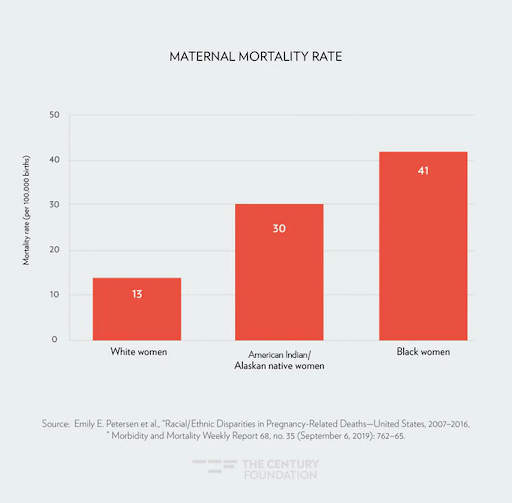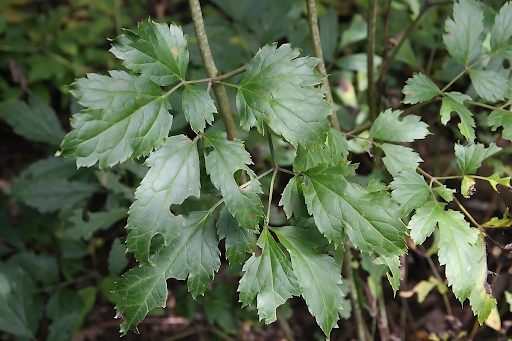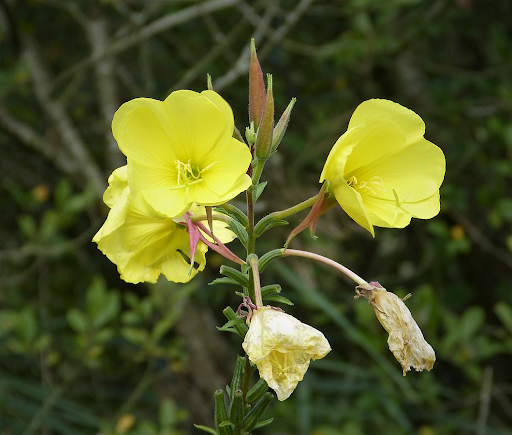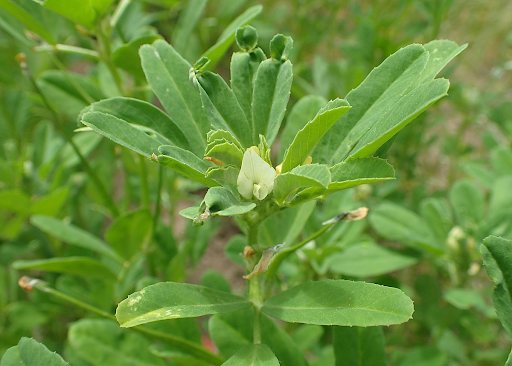A brief history of herbalism
Herbalism began to grow its roots many years ago through African and Indigenous American culture and practices. It seeks to combine the knowledge of plants and plant extracts for healing purposes, whether that is mental, physical, or spiritual healing. Specific herbs are utilized for their ability to treat specific ailments. For example, Cramp Bark (Viburnum opulus) is a muscle relaxant that is used both internally and externally to relieve menstrual cramps.
Herbalism was practiced by enslaved Africans and continues to be practiced by indigenous peoples today. Prior to being forcibly removed from their home territories, enslaved Africans had practices and rituals that they brought over with them when they were enslaved within the borders of the United States. After arriving in the U.S., many African Americans consulted the indigenous peoples about local plants and their medicinal uses. African American herbalism is a combination of African herbalism, as well as, indigenous herbalism. Herbalism's origins in the United States is also labeled as bioregional herbalism due to the local sourcing of their plants through growing and foraging.
Enslaved African Americans were very knowledgeable of their herbs and could utilize different parts of the plant for specific treatments and the creation of different plant extracts and tinctures. Said differently, bark, berries, roots, stems, petals, leaves, etc. could be used at different stages of development to treat a plethora of ailments. For example, dandelion (Taraxacum officinale) roots and leaves are used as a hepatic/digestive stimulant and diuretic, while the flower is used for its anti-inflammatory properties.

Herbalism is culturally significant
Herbalism was a way for the enslaved people to deal with their bondage. If the enslaved were whipped, the enslavers were not about to tend to the wounds that they themselves inflicted. It was up to the enslaved to help themselves and their own. In this way, herbalism represents endurance and resilience.
When you can not receive help from the majority, you consult your people and your culture to see you through.
However, even though the inflictors would not help the inflicted, the inflictors required help from the inflicted, in hopes that they would not be poisoned instead. This is especially true when the white man's medicine did not work or was too expensive. It's very ironic if I do say so myself.
Knowledge of herbs represented liberation, spirituality, and emotional and physical health for many generations of enslaved black people. It was ingrained into their culture and was orally and textually passed down through relatives. However, as the story always goes, BIPOC (black including people of color) were stigmatized and reprimanded for their cultures and practices. However, herbalism was also stigmatized, largely due to racism and lack of pharmaceutical research.
The culture of many African Americans was not seen as “right†and many people chose assimilation. Black people would not choose multiculturalism because this was not an option for them in times of loud and quiet racism, Jim Crow, and segregation. Assimilation was a form of preservation for many marginalized communities. In this way, African Americans in today's world have been cut off from many practices that allowed their ancestors to survive and persist through generations.
Currently, Western medicine has become frequently used in the healthcare industry within the United States. This type of medical practice utilizes drugs, radiation, and surgery to solve an issue a patient is having. People are less likely to utilize practices such as herbalism or holistic medicine, even though 70% of all medications introduced within the previous few decades are derived from plants. Western medicine and herbal medicine can coexist; however, they are less likely to be utilized together. Even though most medicines are derived from plants, herbalism and holistic medicine are still stigmatized, whether that is from lack of research into the herbs themselves or the individuals who utilized the herbs first, while they are a part of the origin of modern medicine. Another ironic statement.
Socioeconomic and healthcare disparities have contributed to distrust of conventional medical treatments
Within the context of Western medicine, there are many socioeconomic disparities resulting from systemic racism. For example, African American women are 3x more likely to die due to childbirth and other pregnancy-related causes compared to white women. The infant mortality rate for African American infants is twice as high compared to that of white infants. If black children are able to reach adulthood, black men are more likely to be killed by the hands of the police, while black women are more likely to die by the hands of medical professionals. It is a saying in the black community, that what society is doing to black men in the streets, society is doing to black women in the hospitals.

It is no secret that western medicine has been built off of the literal backs of black people, as well as from the knowledge of indigenous peoples and enslaved Africans. A good number of HWIs (historically white institutions) were created from the funds allocated directly from the slave trade and the forceable take over of Indigenous lands. Historical western medical practices used the open availability of deceased African American, Irish, and Indigenous bodies to perform medical techniques and practices. These doctors believed they were entitled to the use of these bodies because 1) during this time, these people did not have rights to their own bodies. For example, Dr. James Marion Sims was a slave owner who performed gynecological experiments on enslaved women. This man publicized the notion that black women have a higher pain threshold compared to white women. Now think of this statement and revisit the fact above that black women are more likely to die by pregnancy-related causes.
The remnants of racist medical practices are still present today… they have not gone far. Currently, there is a push for herbal medicine in the gynecological space. Many individuals are using herbal medicine to treat chronic conditions that are either 1) not responsive to prescription drugs or 2) the prescribed drugs come with many high risk side effects. For example, Black Cohosh (Actaea racemosa or Cimicifuga racemosa), Evening Primrose oil (Oenothera biennis), and Dong quai (Angelica sinensis) is used to treat premenstrual syndrome and menopause. In a way, this push for herbal medicine is contributing to a reset within the gynecological space from the racist and oppressive practices of the past. People express their own autonomy in their herbalism work, whether that is through using Fenugreek (Trigonella foenum-graecum) to make tea for amenorrhea or milk production or more topical approaches, such as making a salve using lemon balm (Melissa officinalis) for headaches and migraines.



An ode to herbalism, moving away from stigmatization and cultural appropriation…
How can so many African Americans trust a system that has historically never viewed them as equal to the majority? The medical field was built of the backs of black bodies, and continues to have remnants of the “old ways,†i.e. the same close-minded ideology that lead to the justification of slavery. A question many African Americans are asking themselves now is how do you dismantle the master's house, with the master's tools? Well, I think the answer is to not use the master's tools at all, i.e. herbalism.
Herbalism continues to represent empowerment, liberation, as well as physical and spiritual health for many African Americans today despite stigmatization. This is especially true today when there are many disparities in the medical field that affect African American people.
Moving forward, western society needs to explore the entanglement of herbalism and systemic racism and learn to appreciate African American and Indigenous cultures and not appropriate them. The commercialization of herbalism by HWIs after systemically banning the creators and practitioners of colors from profiting from their ideas. This is synonymous to and perpetuates the inequitable medical care given to people of color.
About the Author
Chazz Jordan is a Ph.D. student in the department of Plant Biology at UGA. She studies coneflowers and how their physical traits, genes, and pollinator interactions have evolved over time. By looking at their evolution, she hopes to evaluate how they will endure over time in the era of climate change. When she's not hunched over her coneflowers, she's probably collecting houseplants, watching nostalgic childhood movies, or aimlessly wandering the forest looking for weird fungi and plants.
- Chazz Jordanhttps://athensscienceobserver.com/author/chazz-jordan/







